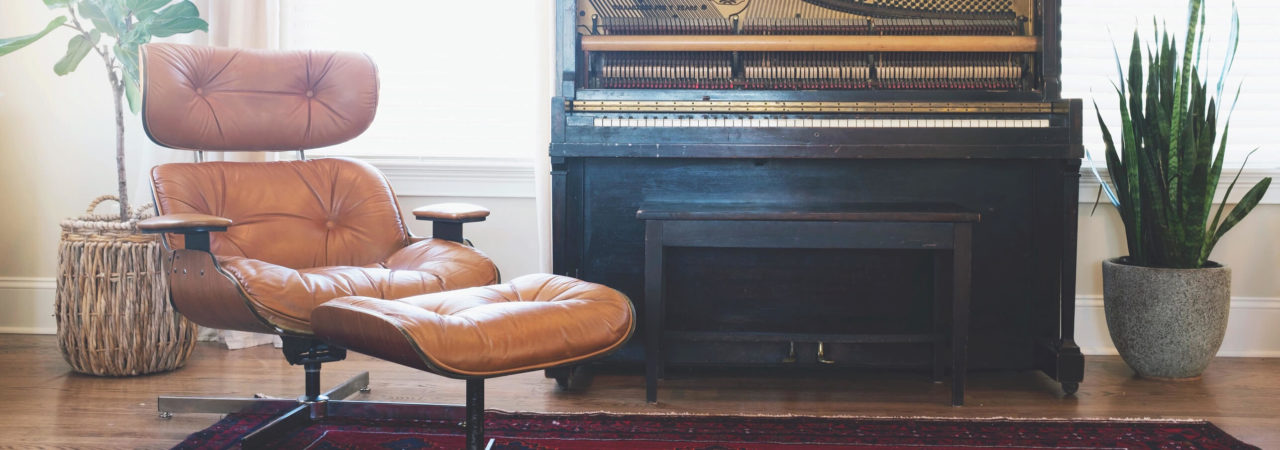
Testing the leather
Species, assortment, thickness and grain pattern are important aspects in the quality determination of leather. The adhesion and quality of the finish that is later applied, however, is of the utmost importance for a long service life. Quality tests on furniture leather are always focused on the finishing layer. DUX chooses for its collection at all times for leather that not only receives a lot of attention during tanning, but at least as much during the finishing process. Tests that are performed on leather (mainly by TNO) focus on adhesion, flexural strength, wear resistance and light fastness.
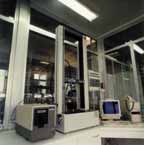
Attachment
The adhesion of the finishing layer is measured by sticking a plastic strip to the leather to be tested with a certain adhesive type. On the tensile bench this strip is pulled and the force is measured that is needed to pull the top layer of the lower layer of the leather. This force is expressed in Newton per centimeter. (1N = 100 grams). For a fine full-grain quality, TNO sets the lower limit to approximately 1.5N (full-aniline, suede, nubuck). A finished quality needs at least 2N (semi-aniline leather) and with thicker paint layers 3N (covered leather). The force can reach up to 10N in the case of dappled leather. The skin is in fact corrected and that gives more fiber structure and less fat, which promotes adhesion. For split leather, where the force can reach 30N, TNO sets the lower limit to 10N.
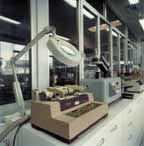
Wear resistance
The wear resistance of the finish is measured with a felt that once dry, once moistened with water and once moistened with a sweat solution a certain number of times over the leather is rubbed (in the Netherlands respectively 500, 200 and 100 times, in other countries are these standards different, for example Germany: 500, 80, 50 times).
Damage and color difference are indicated on a scale of 1 (strong damage, strong color difference) to 5 (undamaged, no color difference), whereby according to TNO the rating 3-4 is minimum for an acceptable quality. With certain dyes, some differences in color are sometimes required with 3.
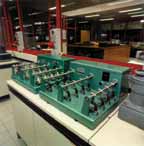
Flexural strength
The bending strength is measured using a Ballyflexometer in which a specially folded piece of leather is bent a certain number of times (at TNO 20,000 kinks). The leather may not show any cracks after the test. The result of cracks is that dirt and moisture can get under the top layer and that the finish can then start to come loose. Depending on the substrate, a small tolerance in the assessment is taken into account.
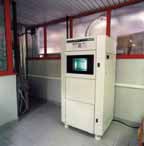
Light authenticity
The degree of light authenticity of leather is measured in a Xenotester and evaluated on a blue scale from 1 to 8, with 8 being the highest attainable. An acceptable quality of leather has to score at least a 3 in terms of light authenticity.